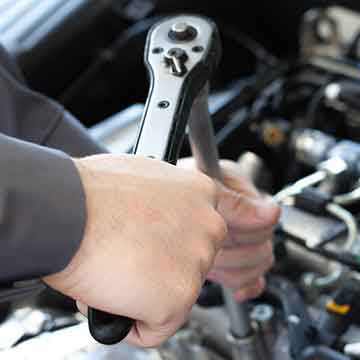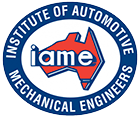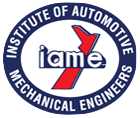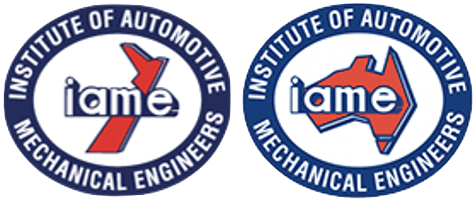ABOUT RECOGNITION OF PRIOR LEARNING (RPL)
IAME currently have the following Qualifications available:
- Certificate II in Automotive Body Repair Technology
- Certificate III in Heavy Commercial Vehicle Mechanical Technology
- Certificate III in Light Vehicle Mechanical Technology
- Certificate III in Automotive Electrical Technology
- Certificate III in Automotive Refinishing Technology
- Certificate III in Automotive Body Repair Technology
- Certificate IV in Vehicle Loss Assessing
Recognition of Prior Learning (RPL) is a process used to evaluate and acknowledge the skills and knowledge that a person has gained through work experience, training, or life experiences, rather than through formal education and training programs. Here is a general overview of how the RPL process works:
1. Initial Enquiry
An initial meeting to information session is conducted to explain the RPL process, including the requirements evidence needed to assess the candidate’s eligibility to meet RPL requirements, and the expected outcomes.
2. Pre-Assessment and Information Session
Candidates need to provide evidence required to evaluate their eligibility to the Assessor to be reviewed.
An Enrolment Form needs to be completed and a non-refundable fee of $500 is to be paid to assess eligibility.
3. Decision Outcome of Eligibility
Candidates will be advised of the assessment outcome of their eligibility assessment, if successful, we will then issue you with a quote for fee to obtain your qualification.
4. Evidence Collection
The candidate gathers and submits evidence that demonstrates their skills and knowledge. This evidence can include:
- Work samples or products
- References or testimonials from employers or clients
- Job cards
- Training certificates or professional development records
- Photos
- Performance appraisals
5. Assessment
An RPL Assessor evaluates the submitted evidence against the relevant standards or competencies. This may involve:
- Reviewing the documentation provided
- Conducting interviews or discussions with the candidate
- Observing the candidate in a work or simulated environment
- Conducting practical assessments or tests
6. Gap Training (if required)
If the evidence shows that the candidate has some, but not all, of the required competencies, they may need to undertake additional training or complete specific tasks to fill any gaps.
7. Final Assessment and Feedback
Once the evidence is assessed and any gap training completed, the assessor makes a final judgement. Feedback is provided to the candidate on the outcome of the assessment.
8. Recognition and Certification
If the candidate meets the required competencies, they are awarded the relevant qualification or statement of attainment.
9. Review and Appeals
If the candidate is not satisfied is not satisfied with the assessment outcome, they may request a review of appeal the decision according to the RTO policies and procedures.
Benefits of RPL
- Time and Cost Efficiency: RPL allows you to receive credit for skills and knowledge you already possess, reducing the time and cost required to complete a course.
- Career Advancement: Gaining formal recognition for your existing skills can improve your resume, making you more competitive in the job market and opening up opportunities for career advancement.
- Increased Confidence and Validation: Achieving formal recognition for your abilities can boost your confidence and validate your expertise.
- Flexibility: RPL provides a flexible learning pathway, allowing you to balance education with work and other commitments.
- Industry Relevance: RPL courses are designed in consultation with industry, ensuring that the skills and knowledge you are recognized for are relevant and up-to-date.
- Pathway to Further Education: RPL can serve as a steppingstone to further education, providing a foundation for enrolling in higher-level courses or degree programs.






